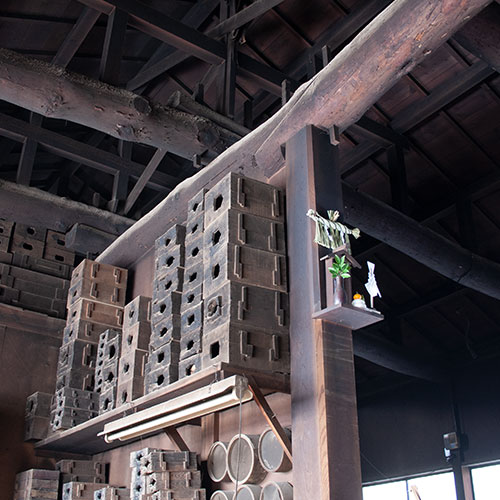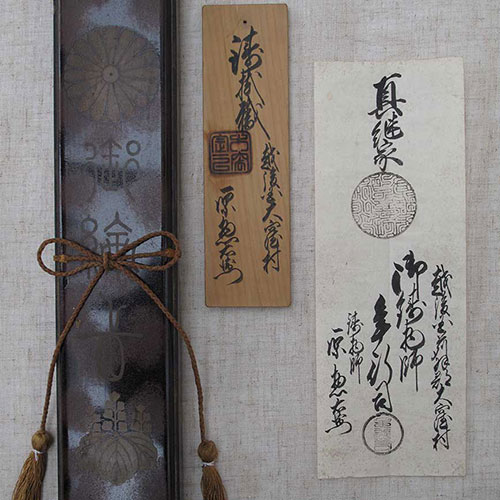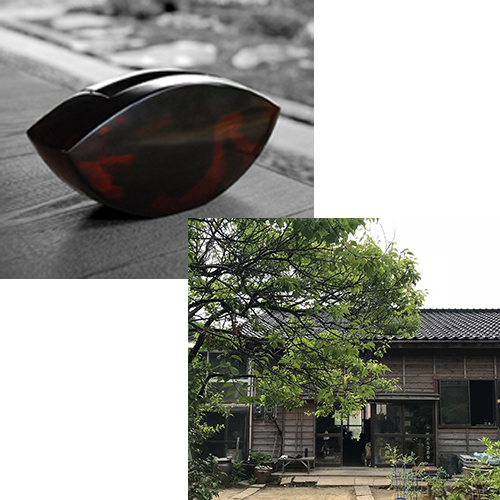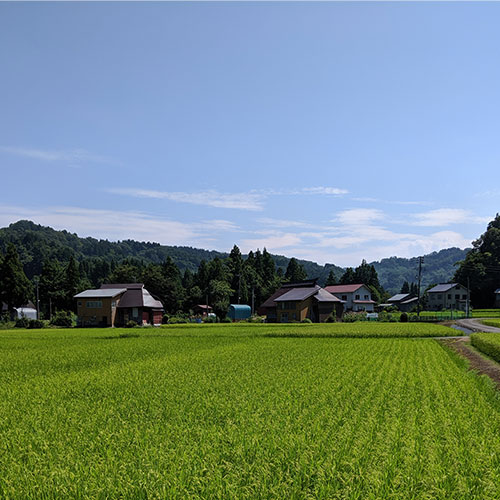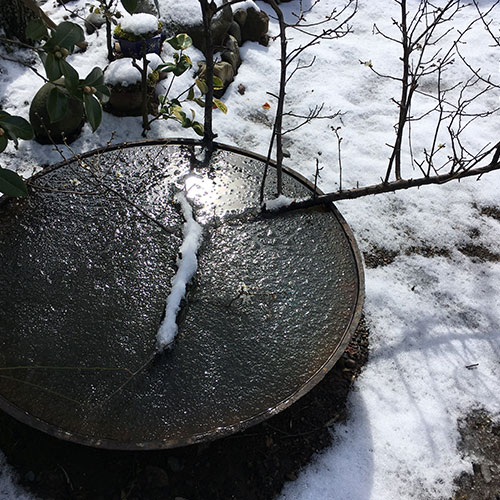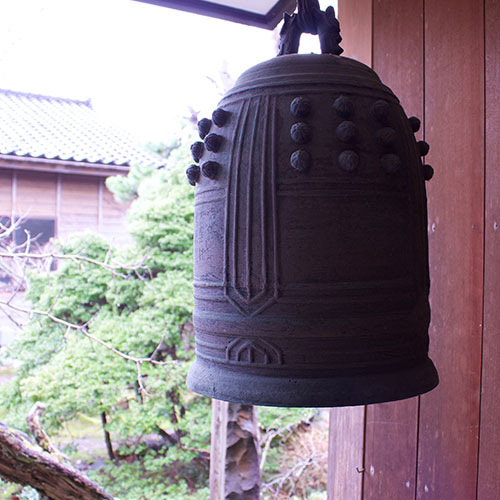Forged by our time together.
By melting minerals and pouring them into clay molds, we create metal-casted products with a new purpose. Metalcasted items has long been considered as sacred objects since the ancient times, in the form of bells and cauldrons. As we enter the modern era, cast metal is gradually blended into our ordinary lives in the form of items and tools we use daily. Crafted from natural minerals, earth and fire, casting is like a gift bestowed to us by the gods, which are imbued with invisible powers of the earth, and inconspicuously accompany us through our lives. It is forged by our time together, in our lives, as part of the cycle of nature. With all our heart and soul, we continue the production of casting, that these merticulosly crafted items may bring a glimmer of light in your lives.
History of the Workshop
- About 600 years ago: Started casting in Kashiwazaki city, Niigata Prefecture.
- Edo era (1603 – 1867): Granted license by the Imperial Court to produce temple bells and salt pans as a certified metallurgist.
- Toward the end of Edo era: Inherited technique from legendary metallurgist Hara Tokusai to produce arts and crafts using wax mold casting.
- 1978: The traditional wax casting method was recognized as an intangible cultural asset of Niigata Prefecture.
- 1981: Created a gift item that was offered to the crown prince.
- 2010 ~ 2012: Part of Niigata’s global brand “Hyakunen-Monogatari”
- 2015: Awarded the most prestigious prize of the Japan Traditional Crafts Award in Niigata Prefecture. Selected as merit entry thereafter.
- 2016: Awarded a prize at the Japan Metalwork Exhibition. Selected as merit entry thereafter.
- Selected as merit entry for the East Japan Traditional Craft Exhibition.
- 2016 ~ 2018: Participated in KYO Project, a collaboration between Singapore’s Ministry of Design and the Kanto bureau of Japan’s Ministry of Economy, Trade and Industry (METI)
- 2017: Current generation assuming the title of 5th Generation Seiun .
- 2018: Won Silver Prize at the JR East Souvenir Grand Prix.
During the Edo period (1603-1867), the Okubo district in Kashiwazaki city prospered as a major casting center, producing temple bells and salt pans. About 650 years ago, Kawachi imonji, a group of professional metallurgists, who worked in Osaka between 12th and 15th century, moved into the mountains of Kashiwazaki, where the art of metal casting began. This is known as the origin of Okubo Casting. The Hara family has been involved in the metal casting business since then, spanning across 20 generations. Toward the end of the Edo era, two brothers, Takusai and Tokusai Hara, both metallurgists, introduced the wax casting method and began producing intricate utensils for tea ceremonies and other arts and crafts that enriched people’s lives. The older brother Takusai later moved to Sado whereas the younger brother Tokusai stayed in Okubo. The metal casting techniques were then passed down from one generation to the next, through 1978 when it was recognized as an Intangible Cultural Asset of Niigata Prefecture, and till today. Having received the baton from our ancestors, a traditional production method that coexists with nature and blessed with gifts from nature, we will continue to create products that will be loved by generations to come.


